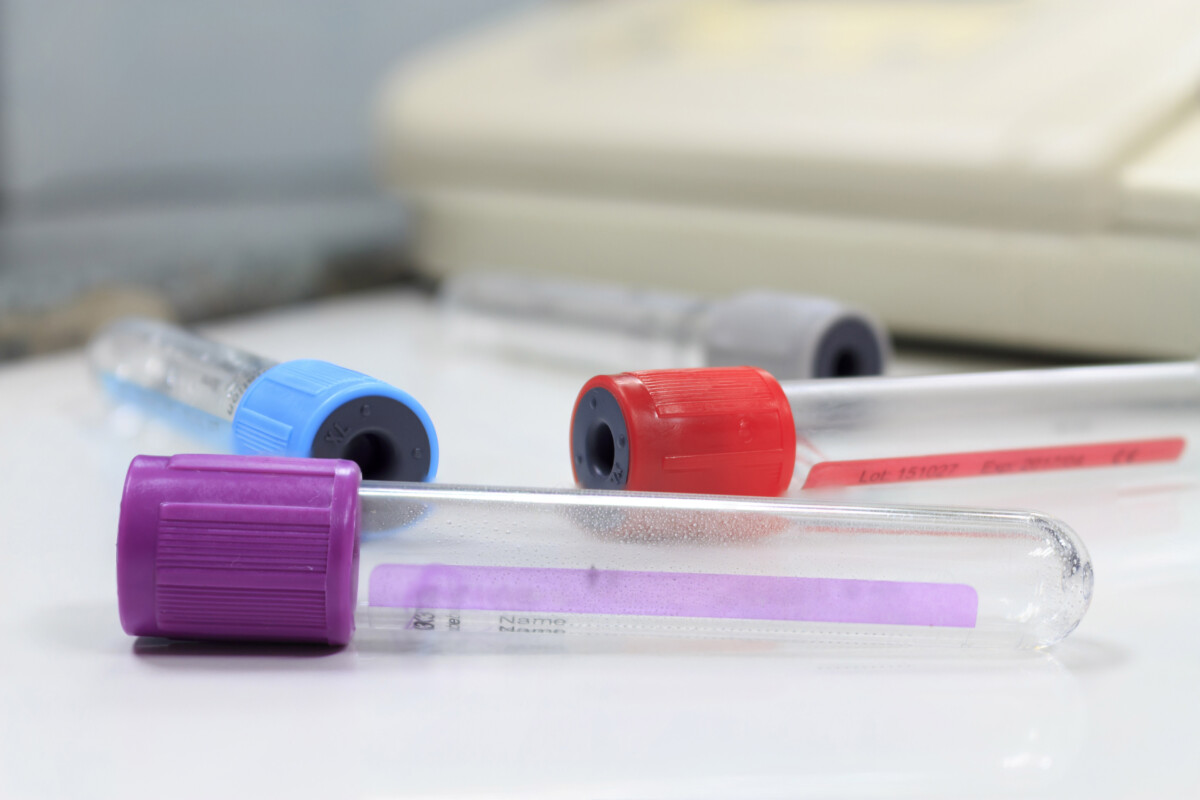Diabetes Lab Tests 101

If you have been diagnosed with diabetes or if you suspect that you may have it, you may wonder what tests are used to diagnose and manage diabetes. Here is a brief introduction:
Tests Used to Diagnose Type 2 Diabetes
Your healthcare provider can use 1 or more of the following blood tests to diagnose you with type 2 diabetes. These tests measure the level of glucose in your blood.
- An A1C test measures your average glucose level over the last 2 to 3 months. A result of 5.7 to 6.4 indicated prediabetes and a level of 6.5 or higher means diabetes.
- A fasting glucose test measures your glucose level when you had nothing to eat or drink, except water, for at least 8 hours. A result of 126 mg/dL (milligrams per deciliter) or higher indicates diabetes.
- A random glucose test measures your glucose level at any time of day when you have been eating and not fasting. A result of 200 mg/dL or higher with symptoms (tiredness, blurred vison, cuts or sores that do not heal, dry, itchy skin, increased urination, pain or numbness in feet or hands) indicates diabetes.
- An oral glucose tolerance test measures your glucose level when you have had nothing to eat or drink, except water, for at least 8 hours. Then the test measures your glucose level again after 2 hours after you drink a sweetened beverage. A result of 200 mg/dL or higher indicates diabetes
If your tests results are high, your provider may have you take a test again on another day. If both tests are positive for type II diabetes then your diagnosis is confirmed.
Tests Used to Monitor your Glucose Level
Two blood tests will help you manage your diabetes. Your provider will order an A1C laboratory test. The other test you do yourself at certain times each day. This test involves checking the glucose level in your blood from a finger poke.
Together, these tests let you know how well your treatment plan is working. They also help you and your care team identify any changes you may need to make.
- The A1C is a laboratory test that shows your average glucose level over the last 2 to 3 months. Standard recommendations are to have an A1C test every 3 to 6 months. A normal A1C is 4 to 5.4 percent. The target for most people with diabetes is less than 7 per cent. Your target may be slightly different. Your A1C is used to help you monitor long term progress.
- A glucose meter is the 2nd test you will use to check your blood sugar levels. This is another way to see if your diabetes is being managed from day to day. This check takes only a few seconds. The result tells you what your glucose level is at the moment of testing. Target levels for before and after meals are shown in the table below:
| Target Glucose Levels | |
| Time to Check | Diabetes Target
(mg/dL) |
| Before a meal | 80-130 |
| 1 to 2 hours after the start of a meal | Less than 180 |
